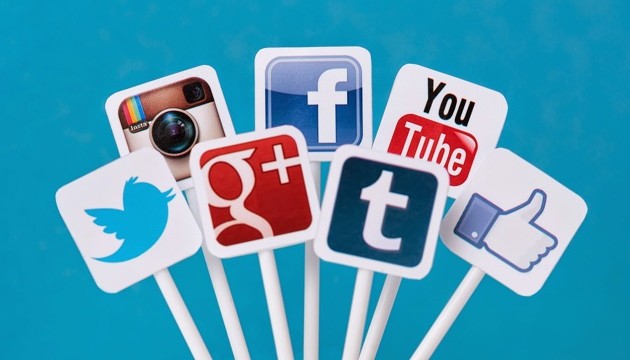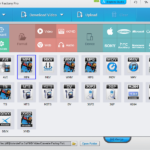It’s now become a universal truth that in order to increase your brand presence, you need to be extremely active on all social media platforms. However, unless you have a dedicated social media coordinator, maintaining your presence on every platform simultaneously can be very time consuming and you, therefore, need to be selective about which platform to use to get the best results. The best platforms for social content websites are as follows:
Facebook: Should be used by everyone. You can share any type of online content, ads and events and posting frequency can be once or twice daily. You may consider Facebook for advertising or even pay Facebook for promoting your page, but shouldn’t make your brand’s Facebook page look like an advertisement itself. Rather, inspire shares and conversations because among all the leading social networks, Facebook’s best equipped to share responses linearly in a post for asking questions or sparking conversations.
Answers subsequently appear which in turn, spread the conversation. Facebook’s useful tools include the Bitly URL shortener, which offers stats on clicks generated from a specific link that gets converted. Bitly shows you the traffic volume brought directly from Facebook sharing.
Google+: Perfectly usable by brands that already have a presence on other major social networks, bloggers and B2B networkers. Google+ is more professional and formal than Facebook and its hashtags have greater search value.
This is Google’s proposed alternative to Facebook. SEO and keywords are central to the appeal of Google+ and may be linked often to your own website content to direct the search boost where it’s wanted the most. The website content here is important and needs to be professionally created. Leading professional writing services providers like Contentmart can help you get the best and most experienced content writers to create the most effective and influencing web content that’s bound to draw traffic.
Twitter: Usable by everyone ranging from individuals to giant multinational corporations. You can lead, start and join in conversations or directly interact with customers and brands through multiple posts daily. Twitter’s also known as the social-sharing economy’s dominant democracy.
Instagram: Usable by lifestyle, fashion, food, luxury brands and personalities. You can share visual content, including short 15-second videos once daily. Instagram encourages brands that have visual content to feed customers’ with appealing visual content. Hashtags can be clicked on and are useful for searching, while captions and links in comments are not.
LinkedIn: Usable ideally by businesses, especially providers of B2B services, job-seekers and recruiters. You can post and find jobs, research employer/employee, build your professional network, connect with industry experts and learn about companies. Here, people and their connections are everything. Your profile page and company description should be suitably keyword SEO oriented. Also, the people of your organization should be absolutely on-brand and professional. When you seek clients or employment, grow your LinkedIn network by adding as many real connections as possible.
YouTube: Ideal for brands with video content and ads; anyone explaining things or sharing expertise. Share 90-second videos that feature prominently in Google search results. A link or subscription widget to your website helps convert single views into influence long-term.







